Moving from theory to practice was not only a way of saying, but reality, at least for the students of the Technical Institute “Martino Martini” of Mezzolombardo (Trento, Italy), who after years of work saw their project come to life and literally take flight.
Source in italian version by: www.aviohub.it
An ultralight Savannah S with tricycle landing gear and aluminum structure, well known to aeronautical enthusiasts, has been the protagonist of years of work in the hours of aeronautical construction.
First at school and then in a Hangar of Trento airport, the students of the third, fourth and fifth years managed, with commitment and passion, to assemble all the components and systems.
As a passionate and former aeronautical construction student, intrigued by this project certainly not common, I interviewed one of the guys involved, Thomas. More than an interview, ours was a pleasant conversation… among enthusiasts we understand each other easily.
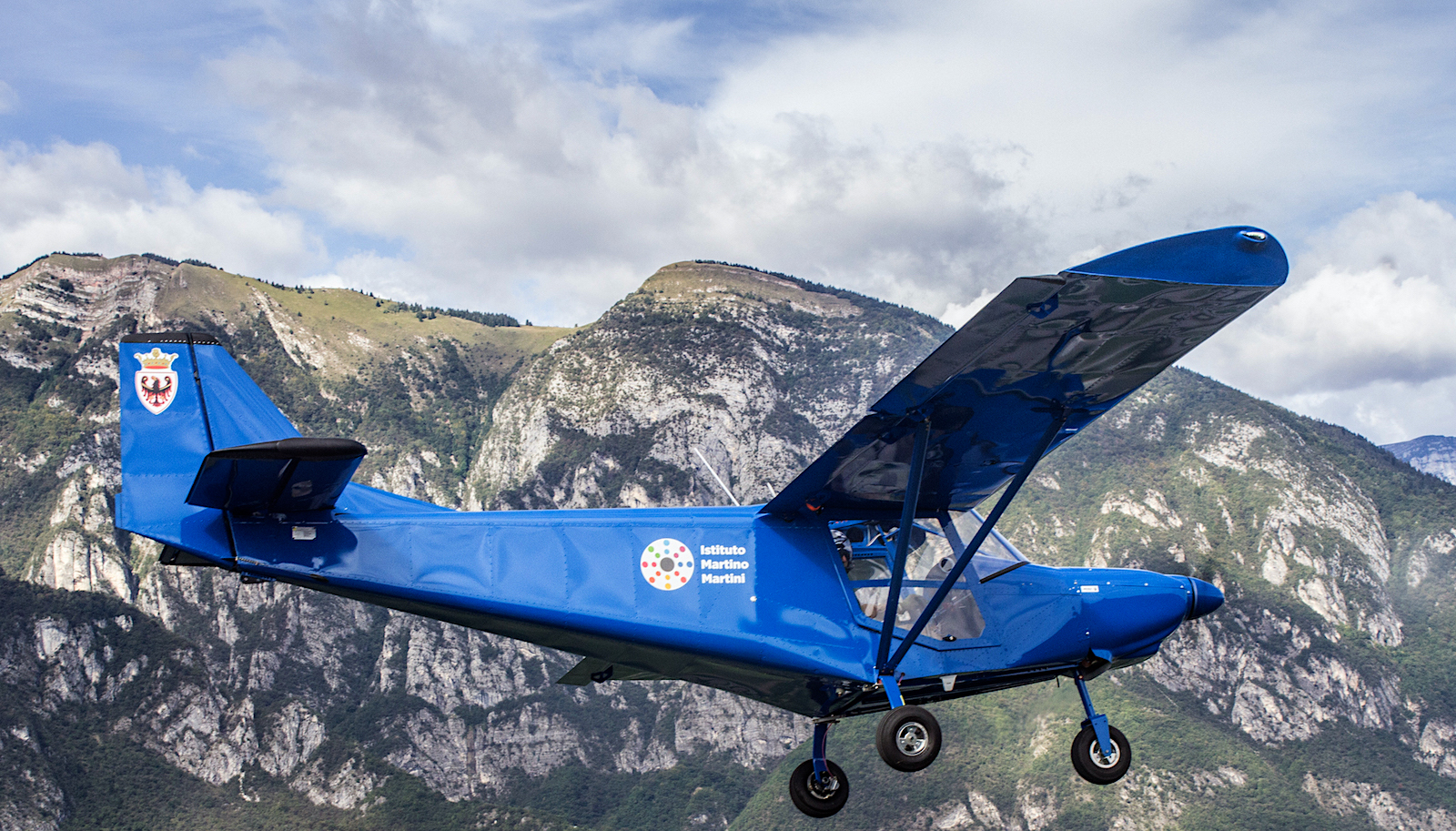
How were the works handled by you students?
Following the purchase of the kit aircraft by the Institute, thanks also to the contribution of the Autonomous Province of Trento and the “Cassa Rurale Rotaliana Giovo”, which took place in 2017, the first task was to create a database with the components, connecting it to the construction manual.
This connection made it possible, for each individual component, to find its precise location with the related indications. A long and boring work, it must be said, but returned very useful, especially in the early stages where it was not well known where to get your hands on.
I took over the job when class five, engaged in exams and study, had less time. Initially with my group we dealt with the deburring of aluminum components, then moving on to the actual assembly, a phase in which we were the first to enter. Then the class of “2002” joined, proceeding with a construction where we all collaborated together.
As regards the division of tasks between the groups there were no real distinctions, the classes followed each other proceeding with the tasks not completed.
After the assembly part we continued with the on-board systems, during the school-work alternation period carried out at “Caproni” airport in Trento.
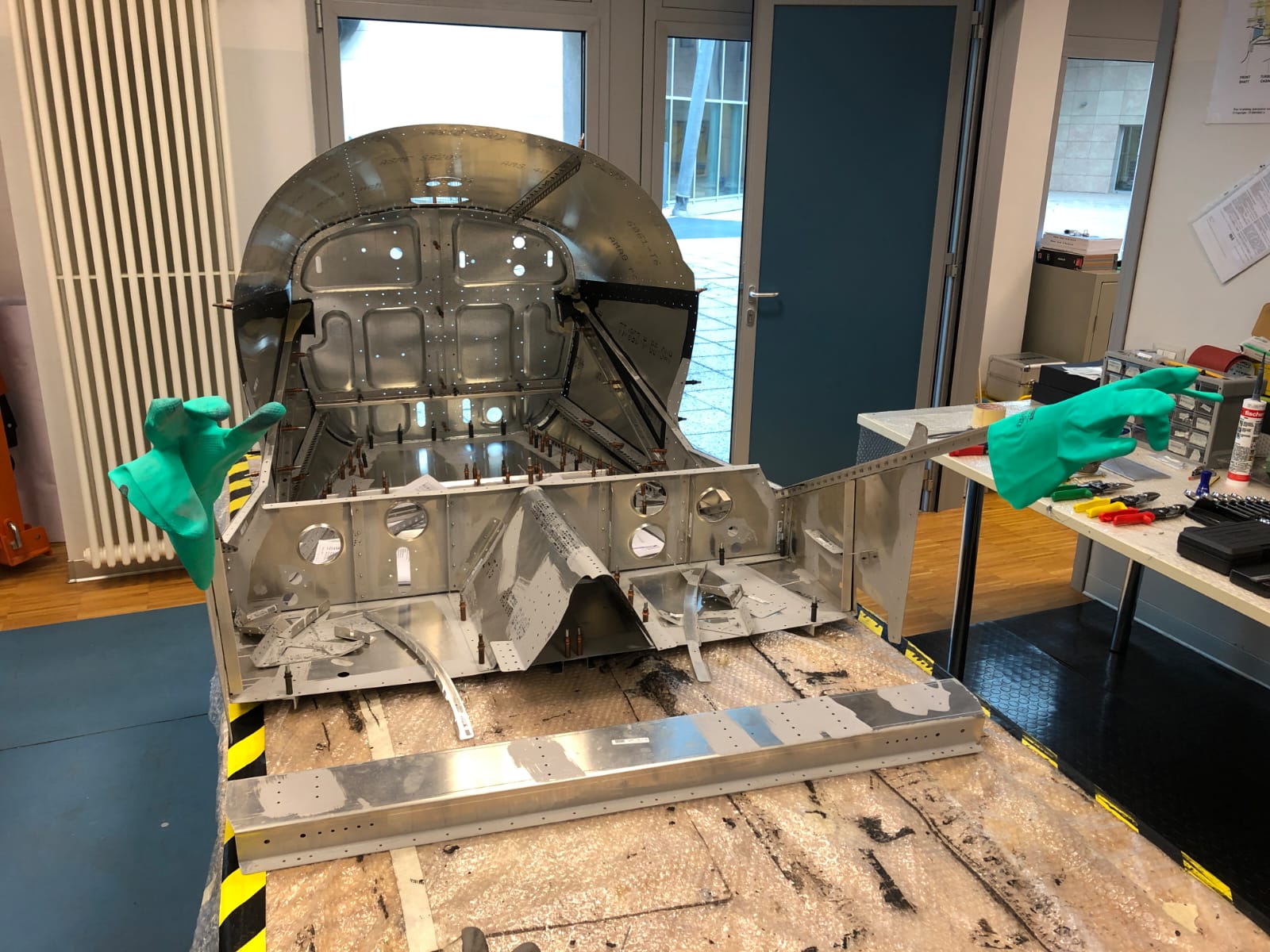
Did you tell us about the various stages of construction, which was the most complex in your opinion?
I can certainly say that the most technically complex part was the part relating to the plants, with many precise connections to be carried out. The simplest part was that of contour to the assembly, with the preparation and cataloguing of the pieces.
After this phase we found ourselves a little dispassionate and without a clear idea of how to proceed and where to get our hands on it. Problem passed calmly, gaining experience and better understanding the mechanisms behind the birth of an aircraft.
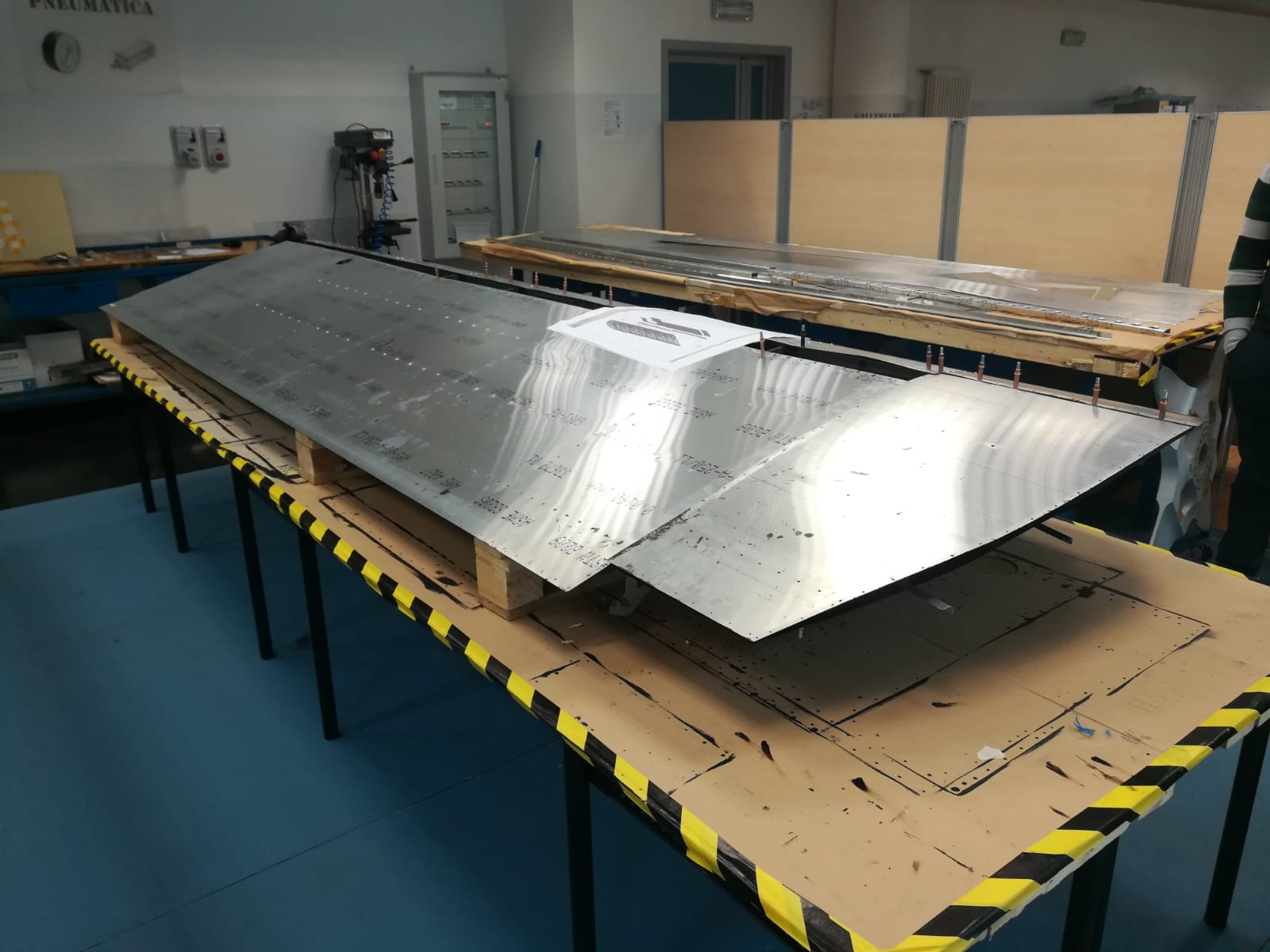
How many years did it take to move from the idea to the first flight?
From the database of children of ’99, the first involved in the project, a total of 3 school years have passed within the institute. After the presentation at Trento Airport another year passed, where the works involved the plant engineering, to arrive at the first flight on 26/09/2020, after 4 years of work and commitment
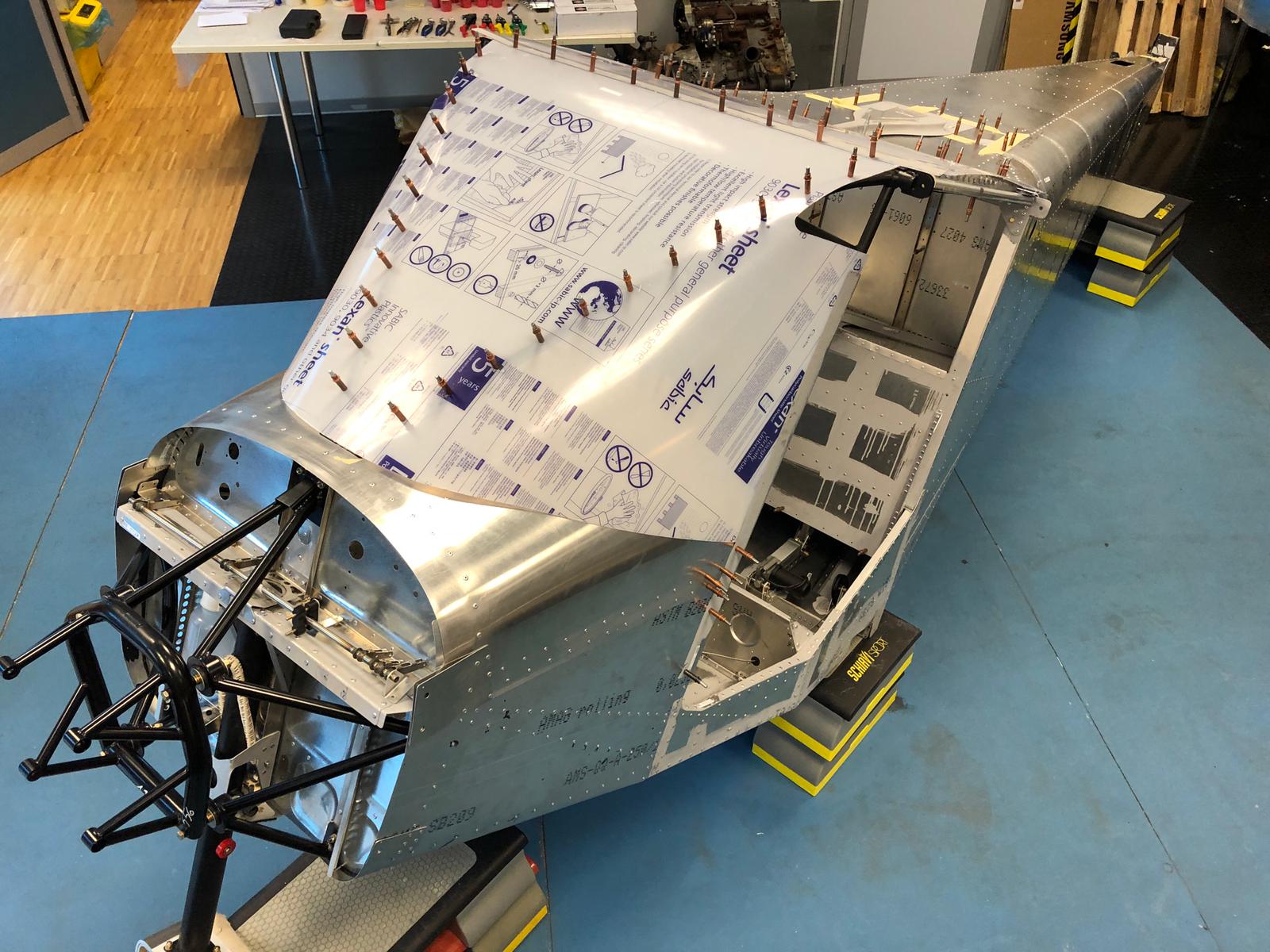
What was it like working in groups?
Working in groups was stimulating and educational. The skills were different between us, if I didn’t know something I would ask someone else, creating a total collaboration with students and professors from other classes and groups.
The project coordinators were the professors, but between students there was often a leader when someone knew more about a specific subject.
In addition to that of the technicians of the CAP, an Italian association that brings together the manufacturers of amateur aircraft, the support that everyone received and that was fundamental for the success of this project, was that of Luca (n.d.r. Luca Perazzolli – expert pilot, CAP manufacturer and owner of a Vans RV8).
A great professor who with his skills has always supported us, also explaining to us the details of each operation. He didn’t trivially explain to us how to do something, but why do it that way. So we understood all the background of each work.
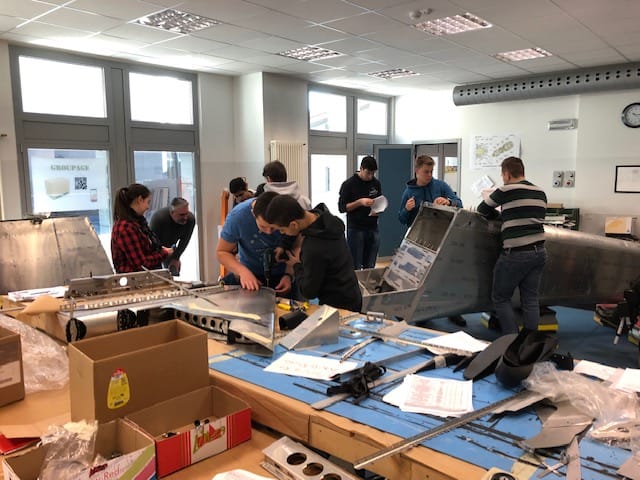
What do you think of the result?
The final result, the result of a path full of ups and downs – between momentary lacks of equipment, moments of despondency when something was wrong as expected, but also great satisfaction – was phenomenal.
We are certainly not superheroes because we have built an aircraft when we were eighteen years old, but we are happy with what we have been granted and the ultimate satisfaction in seeing our dream take off.
Flying there, because for this reason it will be used, available to students and the flight school of Trento, will be the crowning achievement of the project.
Thanks to students Thomas Bonomi, Francesco Saltarel, Yassine Idbouhe and Professor Luca Perazzolli for their courtesy and time.
Source in italian version by: www.aviohub.it
Photo & video credits: Luca Mazzi (Air to Air), Francesco Saltarel and Yassine Idbouhe








